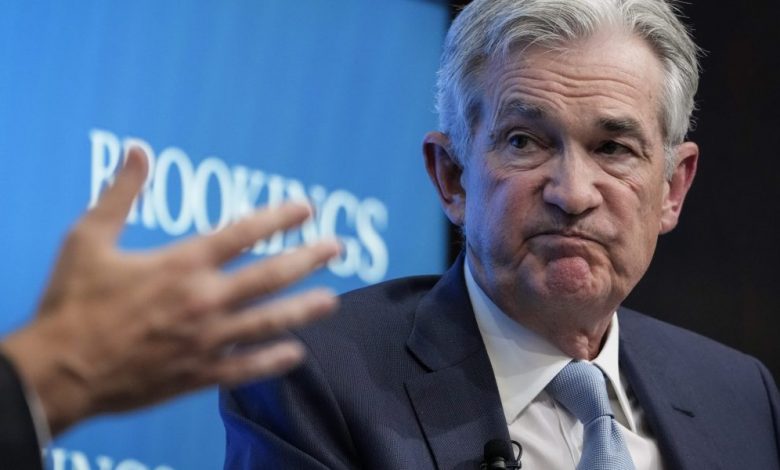November Jobs Report: Fed Chair Jerome Powell hopes slowing hiring to fight inflation

When the government releases the November jobs report on Friday, it could provide some clarity as to whether hiring and wage growth are beginning to slow – a trend the Federal Reserve sees as crucial in its fight against high inflation.
In a closely watched speech on Wednesday, Fed Chair Jerome Powell pointed to a resilient labor market as a key driver of higher prices, particularly in service industries ranging from restaurants and healthcare to entertainment and pet care.
Powell said the Fed would like slower job growth and more modest wage increases in the coming months. The cost of goods like used cars, furniture and appliances is falling, according to Powell, and housing costs are likely to slow over the next year.
This leaves rising prices in much of the economy’s vast service sector as the most likely source of sustained inflationary pressures. Those price spikes, the Fed chair said, largely reflect rising wages.
“We want wages to rise sharply, but they need to rise at a level that is consistent with 2% inflation over time,” he said.
But for now, paychecks are growing about 5% annually, among the fastest in decades, and about 1.5 percentage points higher than the Fed’s preference. Wages are still lagging behind inflation, which hit a near four-decade high of 7.7% in October.
Job growth has slowed this year, from a monthly average of 540,000 in January-March to 289,000 in the three months ended October. But that pace is still going strong — much more than the Fed would like. Powell noted in his speech Wednesday that the economy only needs about 100,000 additional jobs per month to keep up with population growth.
Any hiring above that level means labor demand is outstripping supply and the job market is still running hot, said David Wilcox, a former Fed economist who now works at Bloomberg Economics and the Peterson Institute for International Economics.
Economists polled by data provider FactSet have predicted employers added 200,000 jobs in the last month. That would be the lowest total since December 2020, but still a solid gain. The unemployment rate is expected to remain at 3.7%, a nearly half-century low.
The US economy continues to show signs of surprising resilience 18 months after inflation rocketed to its first high in 40 years as the economy roared out of the pandemic recession. In response, the Fed has been relentlessly raising interest rates.
In the most recent quarter, the economy expanded at a brisk annual rate of 2.9% after contracting for the first six months of the year. Consumer spending recovered and a surge in exports helped boost growth.
Americans continued to increase spending in October — even after adjusting for inflation — the government reported on Thursday. Consumers increased their purchases of cars, restaurant meals and other services.
Though steady hiring and rising wages are fueling higher spending, Americans are also increasingly turning to credit cards to keep up with higher prices. Many are also digging into saving, a trend that may not continue indefinitely.
Other signs of weakness have raised concerns about a likely recession next year, partly because many fear the Fed’s rapid rate hikes will derail the economy. In the technology, media and retail sectors in particular, a growing number of companies have announced high-profile layoffs.
Alongside job cuts at tech giants like Amazon, Meta and Twitter, smaller companies – including DoorDash, real estate firm Redfin and retailers Best Buy and the Gap – have announced they are laying off employees.
And in November, a measure of factory activity fell to levels suggesting manufacturing is contracting for the first time since May 2020.
Our new weekly Impact Report newsletter will examine how ESG news and trends are shaping the roles and responsibilities of today’s leaders – and how best to address these challenges. Subscribe here.



